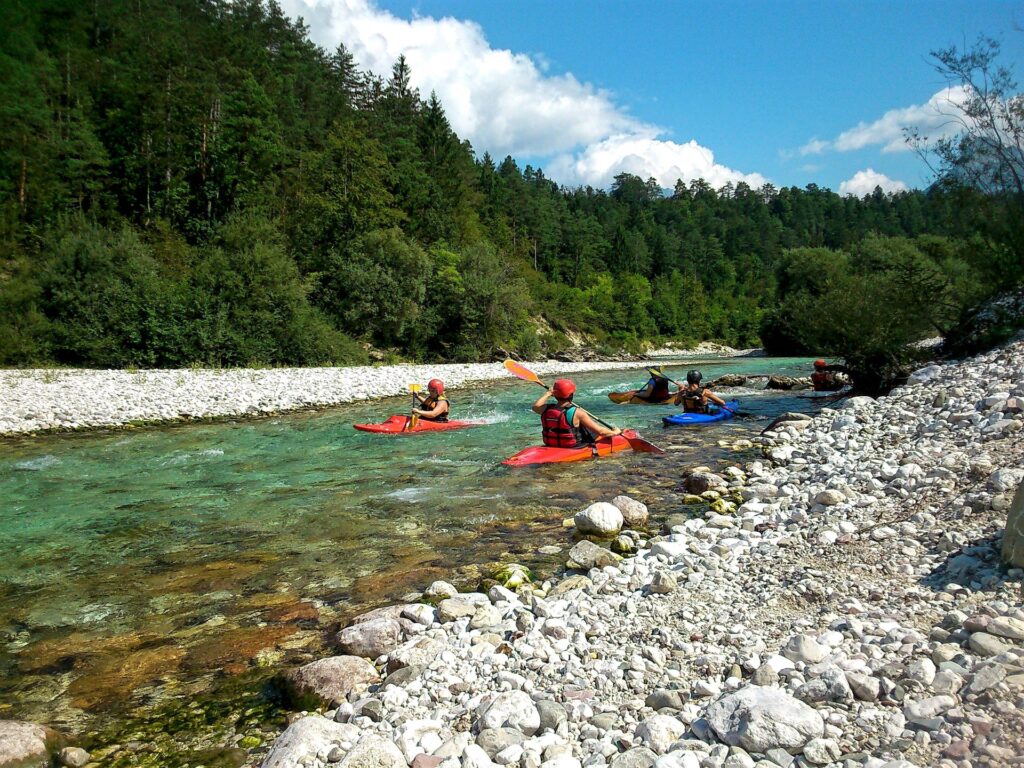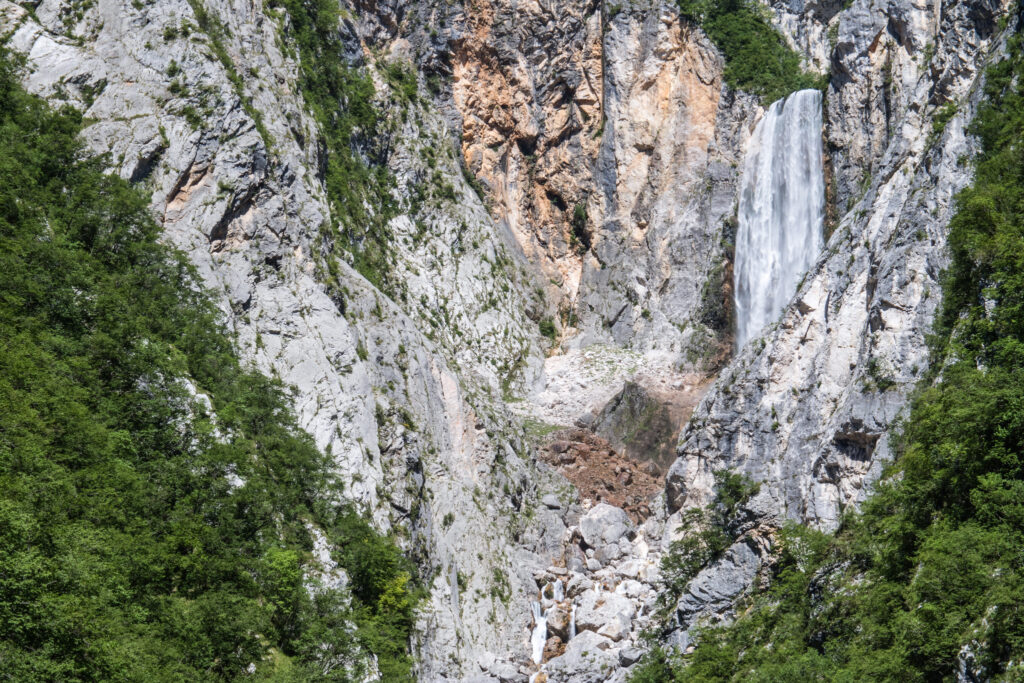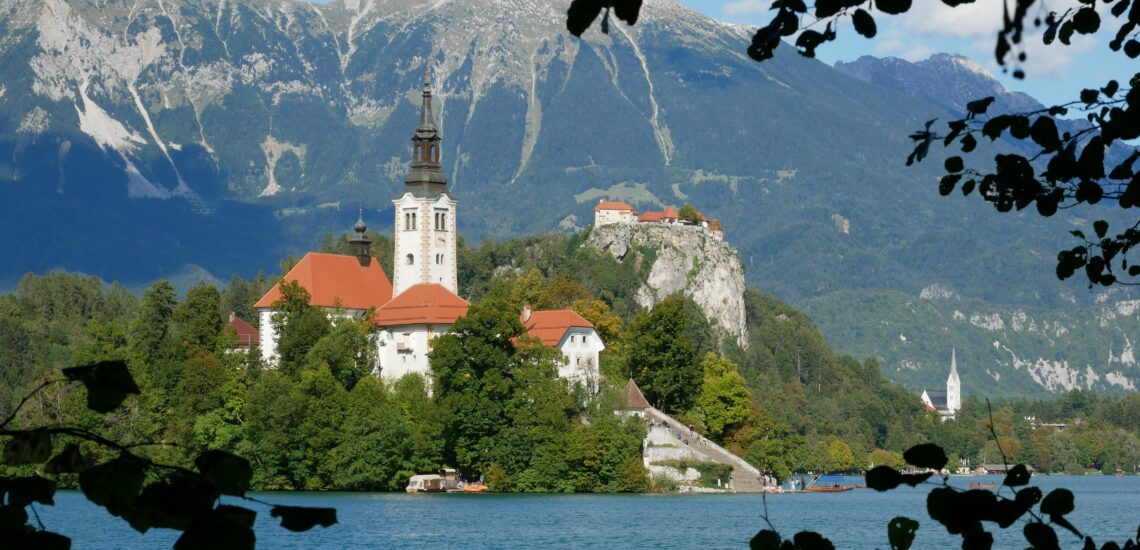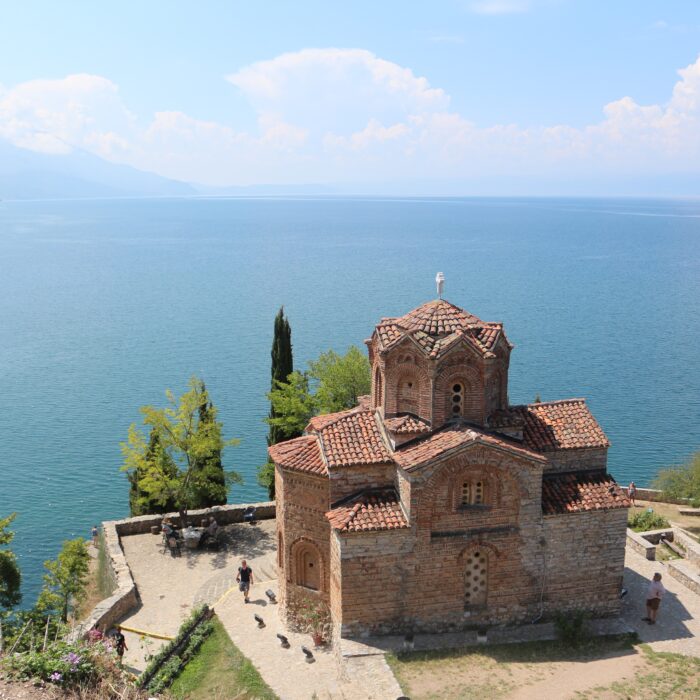Quick facts about Slovenia:
- Size and Population: Slovenia spans 20,273 sq km with around 2 million residents.
- EU Member Since: Joined the EU in 2004.
- Capital’s Charm: Ljubljana: small, culturally rich.
- Natural Wonders: Over half covered in forests, iconic sites like Lake Bled.
- Language: Slovene official, high English proficiency.
- Tourism: Over 4 million visitors yearly.
- Safety: Globally recognized as one of the safest countries.
Fact 1: There are thousands of caves in Slovenia
Slovenia is renowned for its extensive cave systems, and it is estimated that there are indeed thousands of caves in the country. One of the most famous is the Škocjan Caves, a UNESCO World Heritage site, known for its remarkable underground canyons and diverse cave formations. Other notable caves include the Postojna Cave, one of the largest karst caves in Europe, attracting numerous visitors each year. Slovenia’s karst landscape contributes to the formation of these intricate underground structures.

Fact 2: More than half of the country’s territory is protected area
Slovenia is known for its commitment to environmental conservation, and over half of the country’s territory is designated as protected areas. These areas include national parks, nature reserves, and other conservation zones, contributing to the preservation of Slovenia’s diverse and ecologically significant landscapes. Triglav National Park, covering a substantial portion of the Julian Alps, is a prime example of Slovenia’s dedication to safeguarding its natural heritage. This commitment aligns with Slovenia’s efforts to promote sustainable tourism and protect its rich biodiversity.
Fact 3: Rivers, mountains and nature contribute to Slovenes’ craving for adventure
Slovenia’s diverse natural features, including rivers, mountains, and picturesque landscapes, play a significant role in fostering a culture of adventure among Slovenes. The country’s abundant rivers, such as the Soca and the Krka, provide opportunities for water sports like rafting and kayaking. The Julian Alps, with peaks like Triglav, attract hikers and climbers, offering breathtaking vistas. The varied terrain, including caves and forests, contributes to a rich tapestry of outdoor activities, making adventure an integral part of Slovenian lifestyle and recreation.

Fact 4: Winemaking is part of the culture in Slovenia
Winemaking is deeply ingrained in Slovenian culture, with a rich history dating back to ancient times. The country’s diverse landscapes and favorable climate contribute to the cultivation of a variety of grapevines. Slovenia has three main wine regions: Primorska, Posavje, and Podravje, each known for producing distinct and high-quality wines. Traditional winemaking methods, coupled with a focus on sustainable practices, have helped shape Slovenia’s reputation as a notable wine-producing country. Local wine varieties, such as Rebula and Zelen for whites, and Teran and Refošk for reds, showcase the diversity and uniqueness of Slovenian winemaking.
Fact 5: Slovenia has access to the sea!
Despite being a relatively small country, Slovenia has a small but important coastal area along the Adriatic Sea. The Slovenian coastline stretches for about 46.6 kilometers (29 miles) and is nestled between Italy and Croatia. The coastal town of Piran is particularly well-known for its charming medieval architecture and picturesque waterfront. This access to the sea provides Slovenia with a distinct coastal culture and offers opportunities for seaside tourism and economic activities.

Fact 6: The triple bridge is the main symbol of Ljubljana
While the Triple Bridge (Tromostovje) is a significant architectural and cultural landmark in the capital city, Ljubljana, it may not be considered the main symbol of the entire country. The Triple Bridge is a group of three bridges across the Ljubljanica River and is a prominent feature of Ljubljana’s cityscape.
As for a national symbol, Slovenia is often associated with other iconic images such as Triglav, the highest peak in the Julian Alps, and the distinctive outline of Lake Bled with its island and castle. National symbols can vary, and the choice of what represents a country often depends on cultural, historical, and individual perspectives.
Fact 7: There are over 200 waterfalls in this small country
Slovenia boasts an impressive array of over 200 waterfalls, each contributing to the country’s natural splendor. Notable waterfalls include the Boka Waterfall, cascading down from a height of 139 meters, making it one of the highest in Slovenia. The Savica Waterfall, situated in the Julian Alps, is renowned for its distinctive A-shaped formation. Additionally, the Peričnik Waterfall, with its two tiers, is particularly captivating, allowing visitors to walk behind the curtain of water. These waterfalls showcase the diverse topography of Slovenia, ranging from the majestic heights of the Boka to the unique experiences offered by the Savica and Peričnik.
Note: If you plan to visit the country, check if you need an International Driver’s License in Slovenia to drive.

Fact 8: Slovenia’s independence is relatively recent
Slovenia declared its independence from the former Yugoslavia on June 25, 1991. This declaration followed a brief ten-day war with the Yugoslav People’s Army. Slovenia’s independence was officially recognized later that year, and it marked the beginning of the country’s journey as an independent nation. Since gaining independence, Slovenia has become a member of the European Union and NATO, contributing to its integration into the international community.
Fact 9: Slovenia has developed railroads
Slovenia has a well-developed and efficient railroad system that facilitates travel within the country and provides connections to neighboring countries. The Slovenian Railways (Slovenske železnice) operates the majority of passenger and freight train services. The railway network covers key cities and towns, offering a convenient and scenic way for both domestic and international travelers to explore Slovenia. The rail system is known for its punctuality and connectivity, contributing to the accessibility and ease of travel for residents and visitors alike.

Fact 10: In Slovenia there is the House of the Old Vine
The House of the Old Vine (Hiša Stare trte) is located in Maribor, Slovenia. It is associated with the oldest grapevine in the world, known as the “Old Vine” or “Stara trta” in Slovene. The Old Vine is a famous and historic grapevine that grows on the front of the building.
The Old Vine is considered one of the oldest grapevines globally, with an estimated age of over 400 years. It is a protected cultural monument and a symbol of the rich winemaking tradition in the region. The House of the Old Vine serves as a cultural and educational center, showcasing the history of winemaking in Maribor and celebrating the significance of the Old Vine.

Published February 25, 2024 • 9m to read





